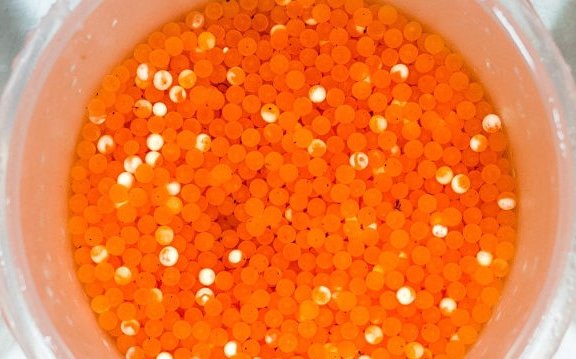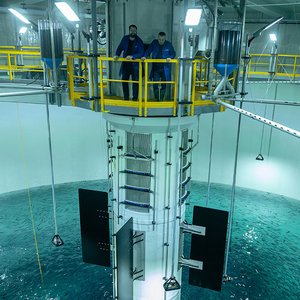Carcass and fillet yields are traits of great economic importance in aquaculture species, including rainbow trout. Headless gutted carcass percentage (HC) is a convenient selection criterion to improve carcass yield given that it is highly genetically correlated with the latter and also with fillet yield.
However, HC is a sib trait that cannot be recorded on selected candidates. Consequently, the within-family component of the genetic variance cannot be exploited with traditional pedigree-based BLUP selection. Two alternatives to exploit this component would be to select directly on an indicator trait genetically correlated with HC that can be recorded on live candidates or to apply genomic selection.
Researchers from the EU FISHBOOST project performed a simulation study to predict the phenotypic gains for HC in rainbow trout breeding programs when four alternative selection strategies are used: i) sib selection for HC, ii) indirect selection for a morphological indicator recorded in vivo; iii) genomic selection for HC; and iv) genomic selection for the indicator. Also, the four strategies were compared in a multi-trait selection scenario where body weight was also included in the breeding objective. The different scenarios were compared at the same selection intensity and number of records (2000) for HC (on sibs) and IHC (on candidates).
Two different heritabilities for HC (0.55 and 0.25) were considered. For the highest heritability, the phenotypic gain for HC was higher with sib than with indirect selection for both BLUP (1.03 versus 0.98) and genomic selection (1.22 versus 1.04). However, for the lowest heritability, the phenotypic gain for HC was lower with sib than with indirect selection for both BLUP (0.60 versus 0.64) and genomic selection (0.70 versus 0.71).
In any case, the differences in phenotypic gains for HC between sib and indirect selection were not large. Therefore, given that sib selection implies extra costs associated with maintaining and genotyping sibs and indirect selection allows higher selection intensity for a given number of fish, indirect selection appears to be a more cost-effective option. The patterns found for single trait selection were maintained when the yield trait (HC or indicator) was selected simultaneously with body weight.
Researchers concluded that the optimum approach to improving carcass yield is a combination of genomic and indirect selection in both single and multi-trait selection scenarios.
Check out the study here.













